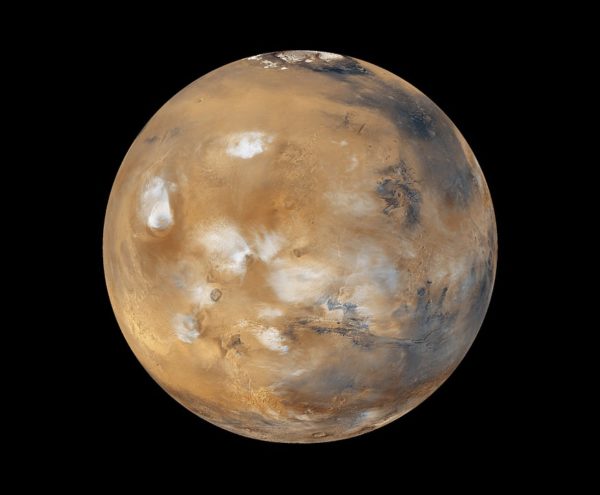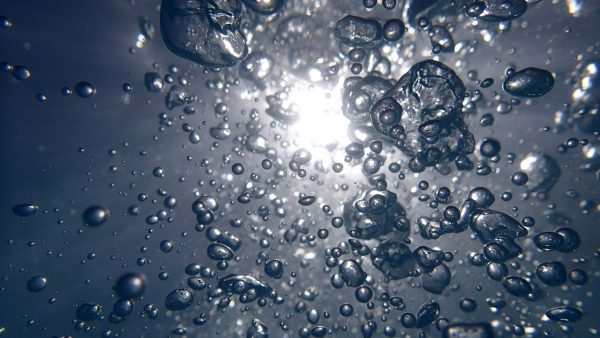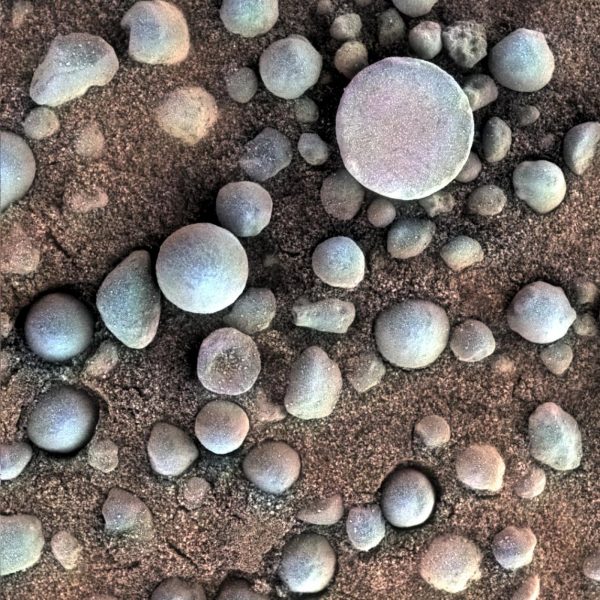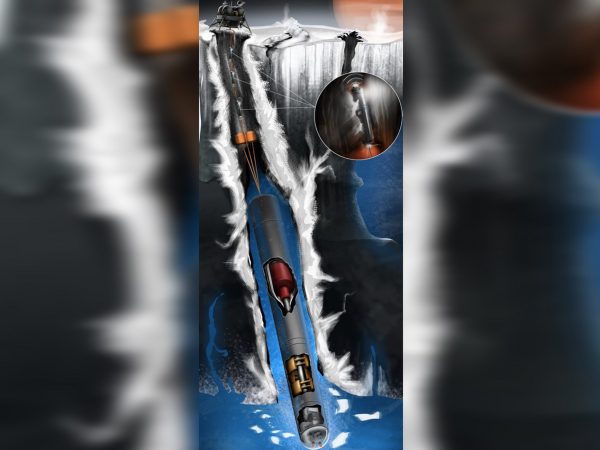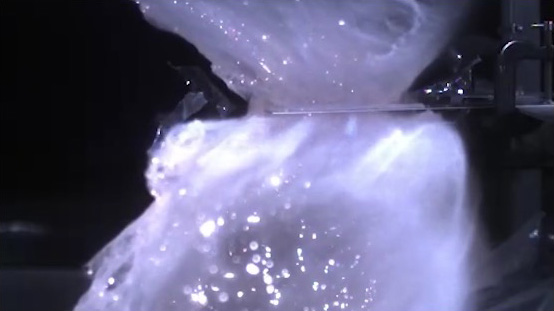New Release: Kepler-186f – Rachel Ford
QSFer Rachel Ford has a new FF sci-fi romance book out: Kepler-186f. And there’s a giveaway! The Genesis mission promised a new start on Kepler-186f. A new start for Captain Nikkole Johnson, and a new start for humanity. An elite soldier recruited to protect settlers on the new world, Johnson wakes from cryosleep to find that the mission went sideways thousands of years ago. Most of the original crew has vanished. Those who remain know no more than she. Strange voices whisper in the trees and on the winds. Monsters attack in the night to carry off the survivors. To … Read more





